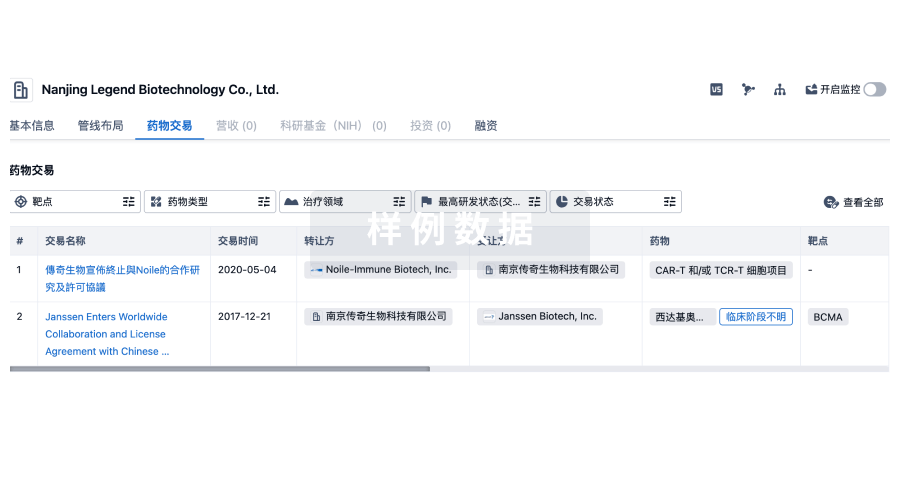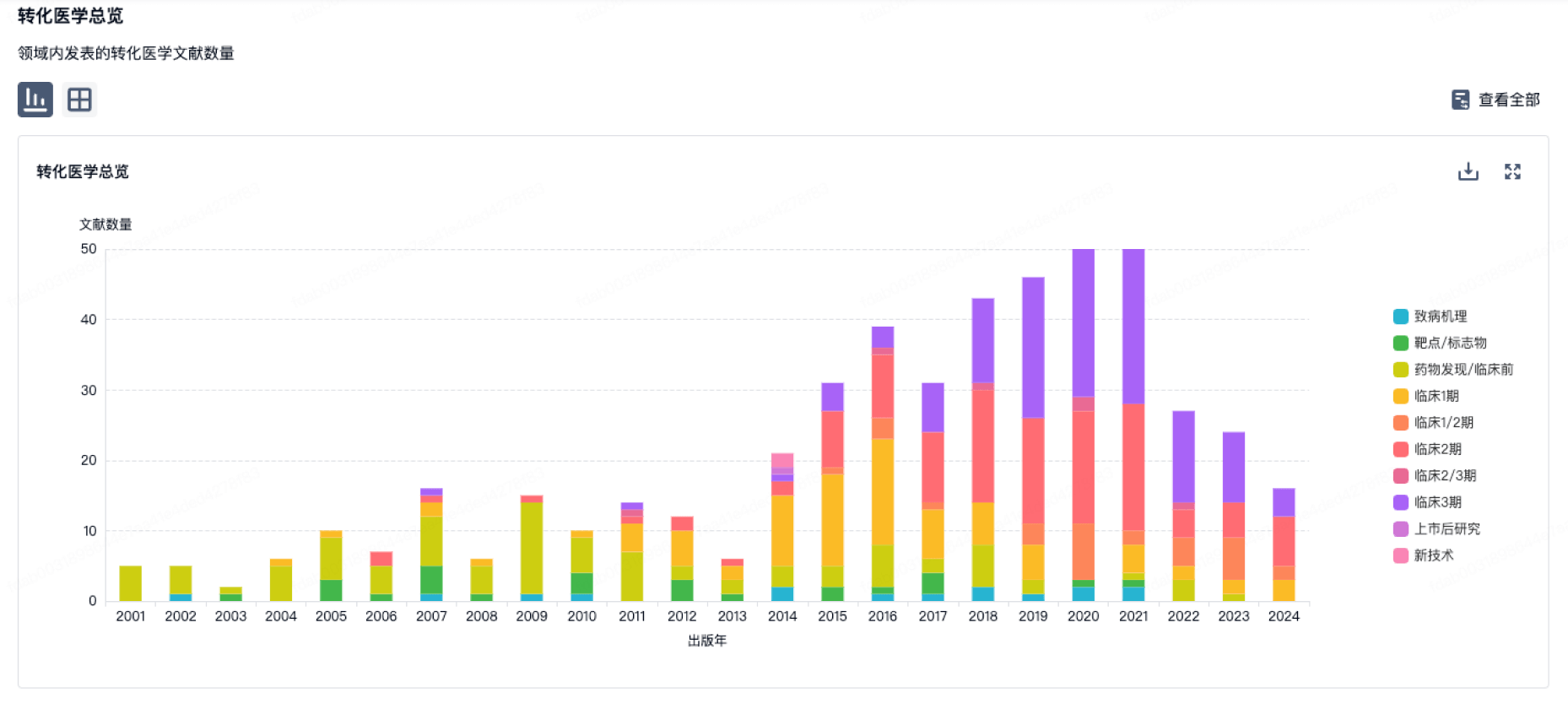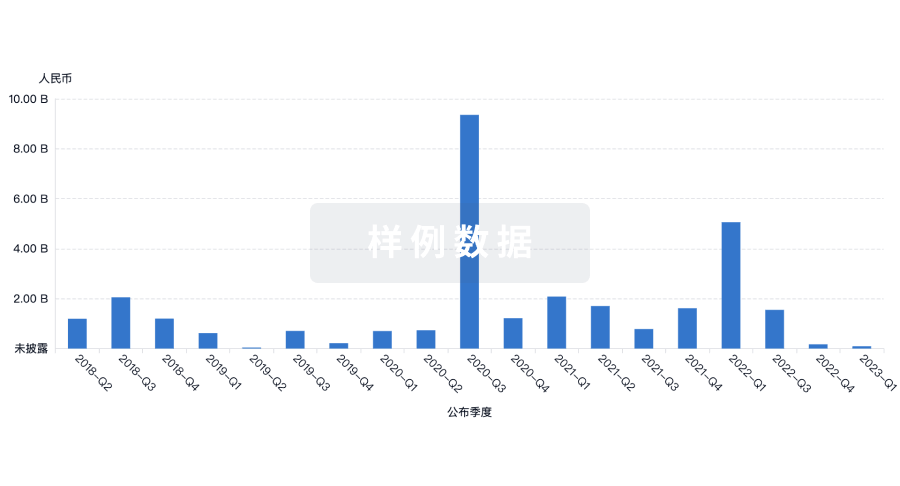预约演示
更新于:2025-11-09
Guru Gobind Singh Medical College and Hospital
更新于:2025-11-09
概览
关联
18
项与 Guru Gobind Singh Medical College and Hospital 相关的临床试验CTRI/2025/04/085634
comparison of ease of insertion using blockbuster versus proseal laryngeal mask airway in paediatric patients undergoing elective surgery under general anaesthesia - NIL
开始日期2025-05-10 |
CTRI/2025/04/084122
Comparative efficacy of topical Crisaborole 2% ointment vs topical Tacrolimus 0.1% ointment in mild to moderate Atopic Dermatitis
开始日期2025-05-01 |
CTRI/2024/07/070362
A comparative study of clinical outcomes in lasered versus non lasered retinopathy of prematurity screened children. - NIL
开始日期2024-07-21 |
100 项与 Guru Gobind Singh Medical College and Hospital 相关的临床结果
登录后查看更多信息
0 项与 Guru Gobind Singh Medical College and Hospital 相关的专利(医药)
登录后查看更多信息
243
项与 Guru Gobind Singh Medical College and Hospital 相关的文献(医药)2025-10-01·EPILEPSY & BEHAVIOR
From consensus to classroom: Delphi-derived epilepsy management competencies for school teachers
Article
作者: Sharma, Rajani ; Pathak, Pooja ; Sahu, Jitendra Kumar ; Sulena, Sulena ; Singh, Gagandeep ; Patil, Prasenjit ; Das, Marami ; Akkilagunta, Sujiv ; Kiran, Tanvi ; Arora, Hobinder ; Bhagat, Khushboo ; Jain, Shikha ; Hazarika, Mehzabin Haider
BACKGROUND:
Children with epilepsy are particularly vulnerable to stigma, inadequate management, and exclusion from educational opportunities, especially in low-resource school environments. Despite the high prevalence of epilepsy, current school-based educational interventions are often fragmented and lack a structured, evidence-informed framework. This study aimed to develop a competency-based epilepsy education curriculum for school teachers to enhance seizure identification, appropriate response, and inclusive classroom support.
METHODS:
A mixed-methods, Delphi-guided study was conducted from February to July 2024 across five diverse Indian regions (urban and rural). Curriculum development followed Kern's six-step model, informed by Social Cognitive Theory and Adult Learning Principles. A comprehensive needs assessment identified core domains, including focus group discussions, stakeholder interviews, and literature review. A 42-member multidisciplinary expert panel participated in two Delphi rounds to refine content and learning objectives. Quantitative analysis (mean scores, per cent agreement, IQR) guided item consensus classification. Reflexive thematic analysis was applied to qualitative inputs.
RESULTS:
A comprehensive competency-based epilepsy awareness curriculum for school teachers was developed. A needs assessment involving 60 participants across three centres identified eight thematic domains, including knowledge gaps, misconceptions, emergency response limitations, communication barriers, and resource constraints. This and the literature review informed the identification of 11 curriculum domains. Expert consensus through a two-round Delphi process (n = 42) finalised ten core domains and one introductory topic. An interdisciplinary panel formulated 58 competencies and 170 SMART learning objectives. The curriculum underwent preliminary field testing, and iterative refinements were made based on feedback from end users to enhance clarity, relevance, and applicability in school settings.
CONCLUSION:
A telehealth-delivered, competency-based epilepsy curriculum was developed to address key knowledge and response gaps among school teachers. Informed by stakeholder input and expert consensus, it offers a scalable, evaluable model for improving school-based epilepsy care and may inform similar interventions for other chronic conditions.
2025-10-01·Annals of African Medicine
Assessment of Interleukin-6 Levels in Patients with Liver Cirrhosis and its Correlation with Disease Severity and Mortality
Article
作者: Chaudhuri, Sagarneel ; Aryan, Shubham ; Garg, Ravinder ; Kaur, Sarabjot ; Bhatt, Rajat ; Sharma, Chavi ; Chawla, Sumit Pal Singh
Abstract:
Context::
Interleukin-6 (IL-6) is a pleiotropic cytokine that has an important function in the regulation of immunity, inflammation, hematopoiesis, and cancer biosynthesis. Liver cirrhosis is an advanced stage of liver fibrosis, and inflammatory cytokines play a key role in the activation of numerous cells involved in the pathogenesis of fibrosis.
Aims::
The aims of this study were to assess serum IL-6 levels in patients with liver cirrhosis, and to study the correlation of IL-6 levels with the disease severity and mortality at 1 month in these patients.
Settings and Design::
This prospective observational study was conducted in the Medicine department of a tertiary care teaching hospital.
Subjects and Methods::
The study was conducted on 50 patients with liver cirrhosis aged 20–60 years. Serum IL-6 levels were measured by the chemiluminescence method in all the patients at the time of presentation. The relationships between IL-6 levels and the disease severity, in terms of Child-Turcotte-Pugh (CTP) score and class, and between IL-6 levels and mortality at 1 month, were analyzed.
Statistical Analysis Used::
The continuous variables were expressed as mean and standard deviation, whereas the categorical variables were summarized as frequencies and percentages (%). Non-normally distributed variables were expressed as the median and interquartile range (IQR). The Mann–Whitney U-test was employed for the comparison of two continuous variables and the Kruskal–Wallis test was employed for comparing 3 or more continuous variables. Spearman’s correlation coefficient (ρ) was employed to check the correlation between two continuous variables. Logistic regression analysis was used to identify independent predictors of disease outcome. P <0.05 was considered statistically significant.
Results::
Most patients were males (82%), and the maximum number of patients were in the age groups of 35–44 (32%) and 45–54 years (34%). Most of them had decompensated cirrhosis (CTP class B: 42% and CTP class C: 40%). On follow-up, 84% of patients were alive at 1 month, whereas 16% expired. Mean IL-6 levels of the study population were 38.39 ± 39.36 pg/mL. IL-6 levels showed a positive correlation with grade of ascites (P = 0.0001), grade of encephalopathy (P = 0.0001), CTP class (P = 0.0001), CTP score (ρ = 0.863), international normalized ratio (ρ = 0.356), serum bilirubin (ρ = 0.432), and a negative correlation with serum albumin (ρ = −0.344). IL-6 levels were significantly higher in patients who expired in comparison to those who were alive at 1 month (mean: 109.87 ± 45.57 pg/mL, median [IQR]: 120.13 [73.87–145.60] pg/mL vs. 24.77 ± 17.60 pg/mL, 22.55 [11.87–35.50] pg/mL, P = 0.0001). IL-6 was found to be a significant predictor of disease outcome (odds ratio = 1.084, 95% confidence interval = 0.99–1.19).
Conclusions::
IL-6 levels were found to be significantly associated with the severity of liver cirrhosis. It also correlated with the disease outcome; higher levels were found in patients who expired during the follow-up period. Thus, IL-6 may be a reliable and independent predictor of disease severity and outcome in patients with liver cirrhosis.
2025-07-19·Cureus Journal of Medical Science
Assessment of Clinical Outcomes and Quality of Life Following Laminectomy and Lateral Mass Screw Fixation in Patients With Cervical Myelopathy
Article
作者: Singh, Ajaybir ; Sandhu, Rajdeep ; Bahadur, Raj ; Lalhmunsanga, Albert ; Singh, Jagdeep
INTRODUCTION:
Degenerative cervical myelopathy is a progressive neurological disorder resulting from extradural compression of the spinal cord at the cervical level. Clinically, it manifests with motor dysfunction, including hand clumsiness, gait instability, and signs of upper motor neuron involvement. In patients with multilevel cervical involvement, posterior decompressive laminectomy combined with lateral mass screw fixation is aimed at achieving effective spinal cord decompression while maintaining postoperative spinal stability.
OBJECTIVE:
This prospective case series aims to evaluate the clinical outcomes and quality of life following posterior decompression and lateral mass fusion in patients with multilevel compressive cervical myelopathy.
MATERIALS AND METHODS:
A total of 30 patients with compressive cervical myelopathy involving two or more levels were included in the study. Radiological assessments, including X-rays, MRI, and CT scans, were performed for evaluation. All patients underwent posterior cervical decompressive laminectomy combined with lateral mass fusion. Functional outcomes and quality of life were assessed preoperatively and at the one-year postoperative mark using the Japanese Orthopaedic Association (JOA) score and the Denis Pain and Work Scale as primary outcomes. Secondary outcomes assessed were perioperative complications, such as blood loss, neurological deterioration, infections, and implant failure.
RESULTS:
The mean age of the patients was 49.5 years. Surgical intervention involved two-level decompression in nine patients (30%), three-level decompression in 14 patients (46%), and four-level decompression in seven patients (24%). The average blood loss was 202.6 mL, and the mean operative time was 135.3 minutes. At the one-year follow-up, the modified Japanese Orthopaedic Association (mJOA) score improved from a preoperative mean of 7.3 to 12.4. The Denis Pain Scale showed an improvement from 3.9 to 1.8, while the Denis Work Scale improved from 4.8 to 3.2. Postoperative complications included wound infections in two patients and transient neurological worsening in four patients, all of which resolved over time. There were no instances of implant failure.
CONCLUSION:
Multilevel cervical laminectomy combined with lateral mass screw fixation is a reliable and effective surgical approach for the management of multilevel cervical myelopathy. This technique facilitates adequate spinal cord decompression, minimizes the risk of postoperative spinal deformities, and preserves the structural integrity of the posterior tension band.
100 项与 Guru Gobind Singh Medical College and Hospital 相关的药物交易
登录后查看更多信息
100 项与 Guru Gobind Singh Medical College and Hospital 相关的转化医学
登录后查看更多信息
组织架构
使用我们的机构树数据加速您的研究。
登录
或

管线布局
2025年11月25日管线快照
无数据报导
登录后保持更新
药物交易
使用我们的药物交易数据加速您的研究。
登录
或

转化医学
使用我们的转化医学数据加速您的研究。
登录
或

营收
使用 Synapse 探索超过 36 万个组织的财务状况。
登录
或

科研基金(NIH)
访问超过 200 万项资助和基金信息,以提升您的研究之旅。
登录
或

投资
深入了解从初创企业到成熟企业的最新公司投资动态。
登录
或

融资
发掘融资趋势以验证和推进您的投资机会。
登录
或

生物医药百科问答
全新生物医药AI Agent 覆盖科研全链路,让突破性发现快人一步
立即开始免费试用!
智慧芽新药情报库是智慧芽专为生命科学人士构建的基于AI的创新药情报平台,助您全方位提升您的研发与决策效率。
立即开始数据试用!
智慧芽新药库数据也通过智慧芽数据服务平台,以API或者数据包形式对外开放,助您更加充分利用智慧芽新药情报信息。
生物序列数据库
生物药研发创新
免费使用
化学结构数据库
小分子化药研发创新
免费使用